Apple developing next-gen ODD module for ultra portable notebooks
As notebook computers become increasingly smaller and thinner, Apple in its design labs is turning to new methods of placement for optical disk drives (ODD) in an effort to optimize the rapidly diminishing real estate of the portable systems, a pair of company filings has revealed.
Existing notebook designs contain ODD modules that are self-contained units having their own enclosures and their own electromagnetic interference shielding. When placed within a notebook, the ODD modules have traditionally been mounted along one side or perimeter edge in order to provide user access for inserting and removing a optical discs (CDs or DVDs). But as notebook computers continue to become thinner and thinner, placement of the ODD is becoming increasingly problematic, the filing notes.
"For example, the available area on the perimeter edge surfaces of the base of the computer housing (available "real estate") diminishes as the thickness of the portable computer diminishes," Apple wrote. "Such real estate consequently becomes increasingly valuable as other services compete for use of the same diminishing resources. However, relocating the ODD away from the perimeter edge of the computer housing base poses problems and dilemmas that require solutions that have heretofore been deficient."
One important consideration in the placement of the ODD, Apple said, is the convenience afforded to the user of the portable computer when inserting and removing a disk from the drive. It noted that users have become accustomed to intuitive user interfaces and convenient access to the ODD through the real estate along the side edges of the portable computer housing. "Any reconfiguration, therefore, of the user interface for the ODD must take into account user expectations, efficiency, and convenience," the company wrote. "It must not be unintuitive or counter-intuitive."
Apple pointed out that "edge access" to optical drives involves moving a disk horizontally, parallel to the plane of the disk. Therefore, it said, removal of the disk from a notebook computer or other portable device is thus relatively simple — even a person with large fingers — because major portions of the flat surfaces (top and bottom) of the disk can be easily presented to the user.
"However, when disk access is provided through a door which does not shift or move the disk laterally out of the portable computer, it can be much more difficult for the user to engage and remove the disk," the company made clear in the filing. "Also, the disk access mechanism itself may be vulnerable to accidental damage. Therefore, to enable the user to grab the disk, such a portable device must present an opening that is large enough for the user to grasp the sides of the disk and pry it off the hub latch of the ODD."
The Mac maker said that the "opening" in an ideal next-generation ODD must therefore be large enough to accommodate both the disk and the fingers of the user, with additional appropriate clearance to accommodate the disk removal action. "This can be a substantial design burden as portable computers and portable devices become smaller and smaller," it wrote. "As sizes shrink, it is increasingly costly both from a design standpoint and from a functionality standpoint to have an unnecessarily large access door and open, wasted space around the periphery of the disk."
At the same time, Apple cautioned that an access door that opens outwardly from a notebook computer can also be particularly vulnerable to damage, especially damage to the door hinge mechanism. In its filings, the company therefore proposes several solutions to the problem, such as a breakaway hinge (shown in the majority of the images), a drop-and-slide door, a pop-and-rotate door, an iris door, a garage door, and sit-and-spin door.
The break-away hinge, Apple said, would be a "very robust hinge that is designed to permit the door to break away from the housing base and not to be damaged when subjected to a force that would otherwise damage a conventional hinge."
Meanwhile, a drop-and-slide door solution would open "by dropping slightly inside the housing base and traveling along a track parallel to the bottom surface. In this manner, the door is protected because it is positioned inside the housing base when in the open position."
The filings say a pop-and-rotate door option, upon opening, would rise above the bottom surface of the notebook and then rotate on a pivot, while an iris door would be composed of several separate pieces that open up like the iris on a camera.
The garage door option would be sectioned similarly to a folding garage door, such as a series of metallic strips connected to one another by a fabric or other flexible carrier underneath the metallic strips, Apple said.
And lastly, the company added that a sit-and-spin door would feature a locking configuration similar to a bayonet attachment, with tabs that pass through slots. "The sit-and-spin door is then rotated between locked and unlocked positions, and when removed from the housing base, is entirely separated therefrom," it wrote. "The sit-and-spin door thus has the advantage that it does not have a vulnerable hinge and does not require space for protection inside the housing base."
The July 20, 2005 filings are credited to Apple industrial design chief Jonathan Ive and other members of his team, including Chris Ligtenberg, Gregory Springer, Bartley Andre and Brett William Degner.
 Prince McLean
Prince McLean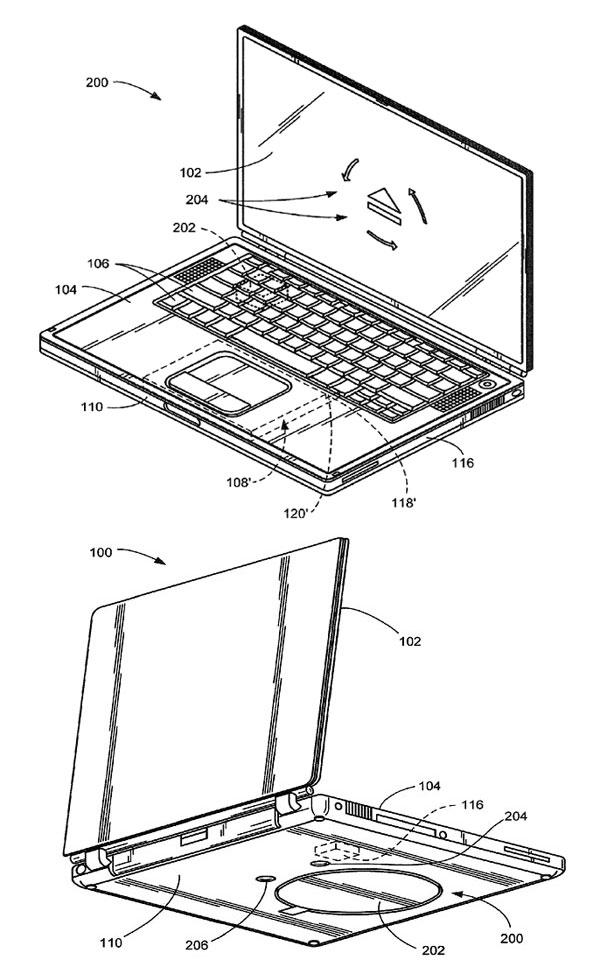
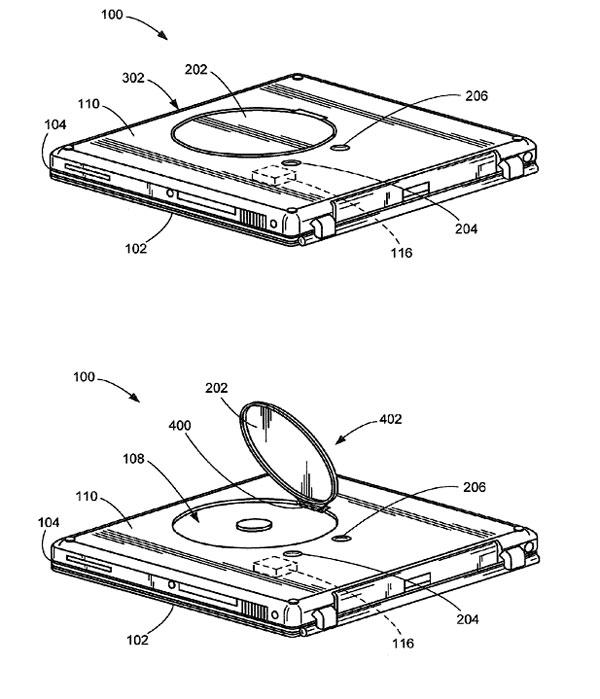
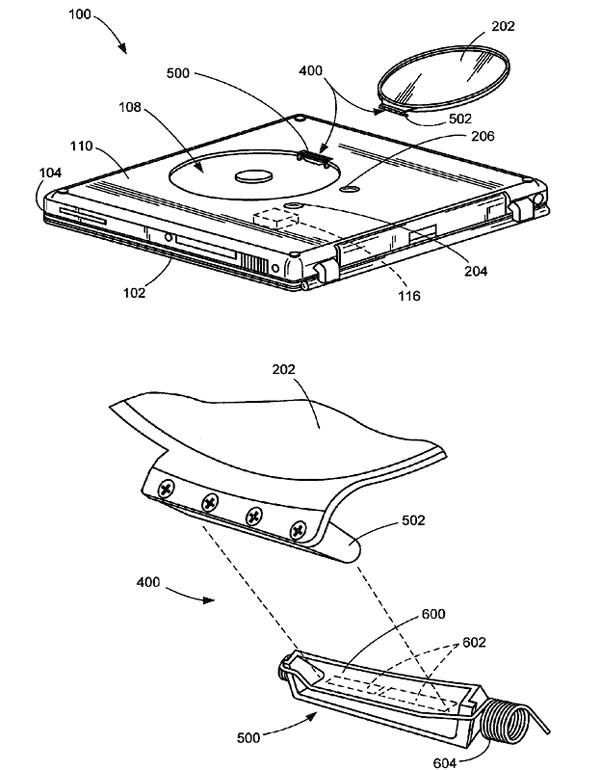
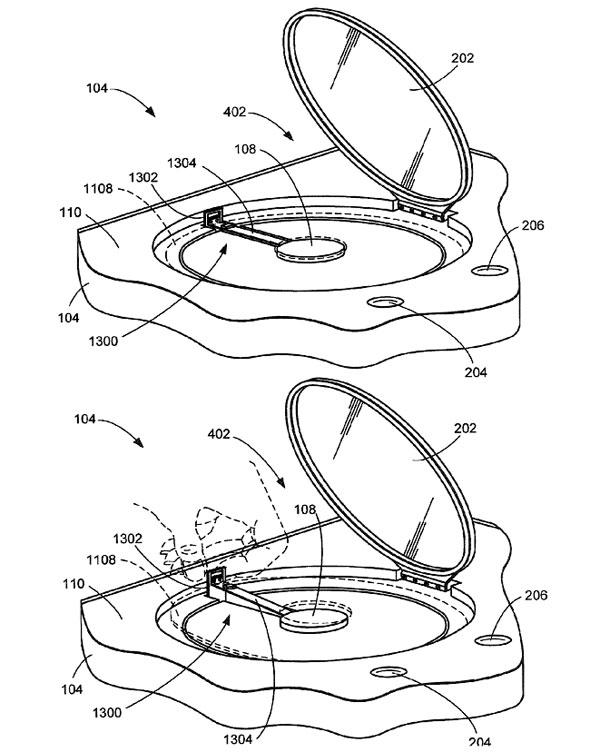
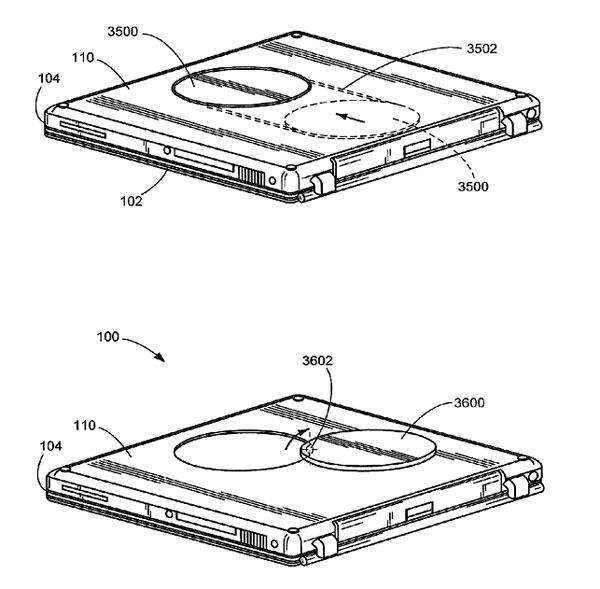
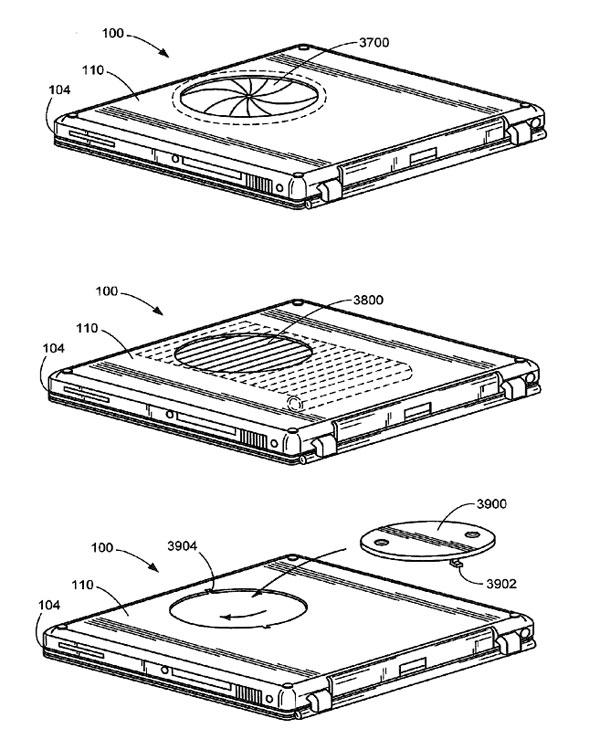











 Andrew Orr
Andrew Orr
 Sponsored Content
Sponsored Content
 Malcolm Owen
Malcolm Owen

 William Gallagher
William Gallagher

 Mike Wuerthele
Mike Wuerthele
 Christine McKee
Christine McKee







